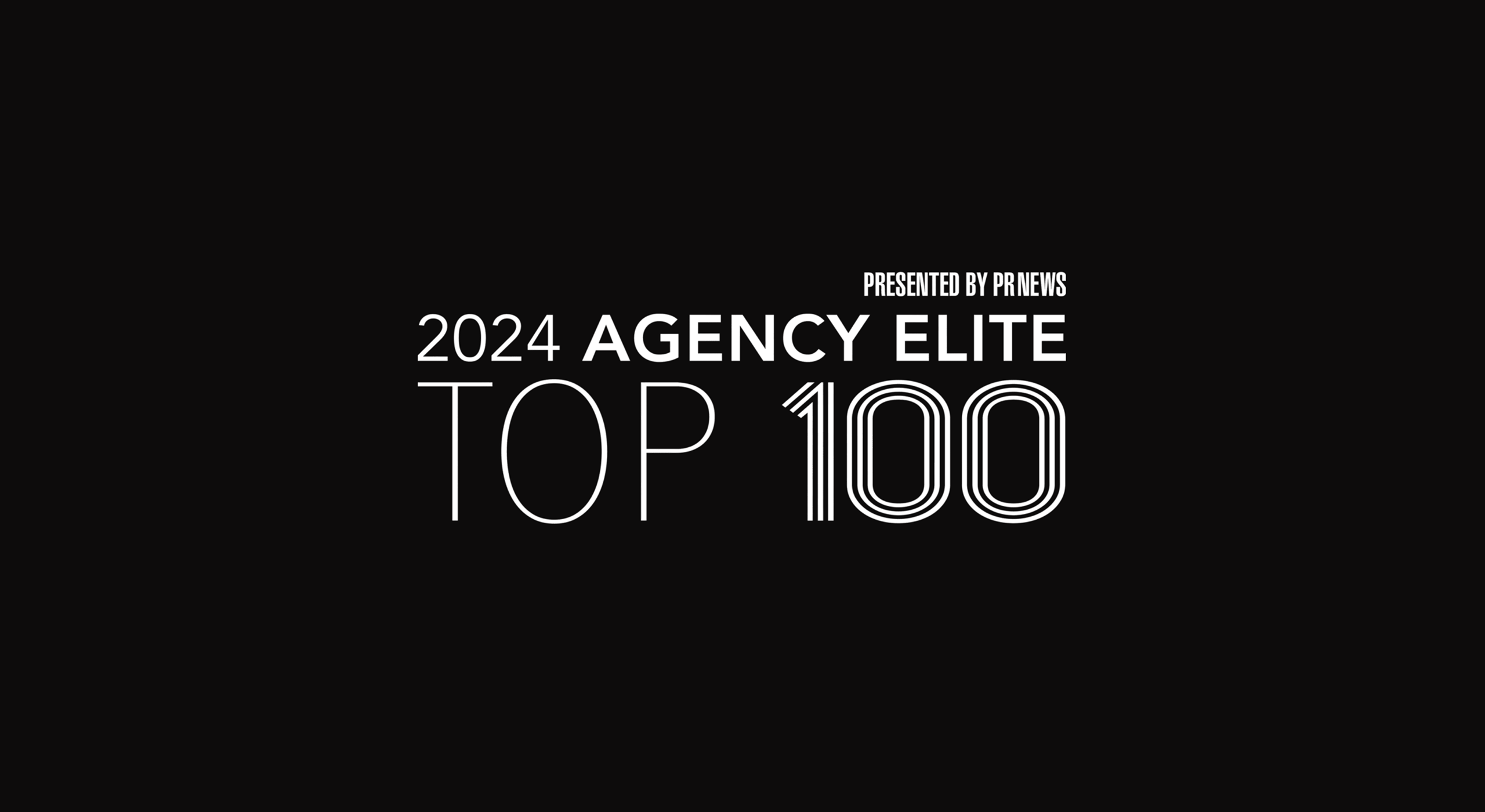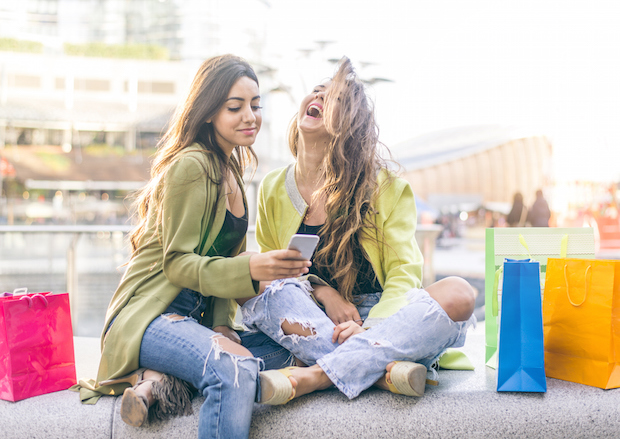
4 Ideas to Help Shopping Center Social Media Programs Crush it in 2017
By: Brandon Chesnutt
As we say goodbye to 2016 and welcome 2017, Identity has spent the last several weeks evaluating the performance of our shopping center social media programs. After reviewing our successes, we often bring a list of recommendations for our client contacts to help them achieve their unique goals. Our recommendations aren’t always as simple as “join Snapchat” or “post more to Instagram.” Sometimes, a larger investment in a particular area can lead to immediate successes, long-term value or increase clarity regarding the needs and wants of target audiences. If we see an opportunity, we want to go after it. That being said, we started to recognize several trends regarding the use and integration of technology within social media programs for shopping centers. While there isn’t always extra dollars to throw around, the right strategic investments can lead to improved efficiencies, stronger measurement, better shopper engagement and other key program improvements.
If you’re looking to turn up the volume on your shopping center’s social media efforts in 2017, here are some of our investment recommendations:
Location-Based Monitoring Tools
Not every post shared in or around a retail real estate development will mention the center by name. Updates from shoppers might focus on retailers, restaurants, guest experiences or just general conversation. Wouldn’t it be great if you could identify not just all inbound conversations, but also a large sample of the updates taking place on property? With location-based social listening tools like Geofeedia or NetBase (which offers a geo-targeting option), retail and mixed-use developments can visualize the social media posts being shared in the immediate area. They work by identifying social media updates coming from mobile devices that have turned on geo-location services. The result: shopping centers can identify broader trends among active social media users. What are guests saying about parking or specific events? Do certain retailers receive a more dominant share of the conversation compared to others? The resulting influx of data can lead to a better understanding of what shoppers care (and don’t care) about while on property. While these services do not catch all updates, they make the holes in the digital strainer much, much smaller.
User-Generated Content Marketing Solutions
For mixed-use real estate centers and shopping centers, the volume of user-generated content being created on site continues to grow at an incredible rate. Shoppers continue to document their visits to retail destinations with Facebook Check-ins, Instagram posts and tweets. There are many centers who leverage this content and integrate it into their existing social media content strategy. However, the process is muddled at best. Searching through all the content, depending on the volume created, can take a great deal of time. Additionally, asking for permission to post a piece of content created by a user via a comment or direct message does not provide the same catchall language as a photo release form. User-generated content marketing solutions like Chute and Olapic provide mixed-use centers with a platform to identify content created in and around their center, tag assets by type of post and manage the sharing process smoothly. Photos and videos created by guests while at the property are fed directly into a review dashboard based on the tagging of the center or the use of a brand hashtag. As a result, guest social media shares can be easily integrated into brand content. More importantly, content creators can be presented with terms of use agreements via these platforms to ensure you obtain the appropriate rights to use their content.
Diversity in Social Advertising
According to the recent Alexander Babbage Social Media and Shopping Centers State of the Industry report, 21% of center marketers felt that social media advertising was very important. With just a few dollars, an organic post can be boosted to reach existing fans or guests within the primary trade area. However, spending $5 or $10 here and there isn’t enough. The more transactional opportunities available via content promotion efforts should be paired with other objective-based advertising programs. For example, the creation of a Custom Audience based on website traffic can be used to retarget warm audiences with brand affinity. Centers can identify website visitors who do not like their Facebook Page in an effort to drive page growth. If they are visiting your center’s website to learn about hours and promotions, but not opting in to daily communications, there is an opportunity to bring that guest into the marketing mix. Additionally, local awareness ads can be used to deliver offers and traffic-driving messages to nearby shoppers.
Better and Stronger Wi-Fi
Ok, this recommendation is a little more complicated than signing up for a service or adding a few extra hashtags. With Facebook Live and Instagram Live gaining more traction, mixed-use centers have the opportunity to broadcast their events to social audiences as they happen. However, a weak data signal can quickly dash any plans to leverage these hot social media features. Additionally, a stronger Wi-Fi signal will positively impact the experience of guests on site who are posting and sharing while shopping. The creation of a Wi-Fi agreement page also presents shopping centers with the opportunity to leverage any existing remarketing efforts via Facebook or Google AdWords.
Take Your Efforts to the Next Level
These are just a few of the recommendations we’ve made in the past 6-12 months, but there are so many other tools and platforms available to help drive social media performance at shopping centers. Do you have other recommendations to add? The comments are yours.



